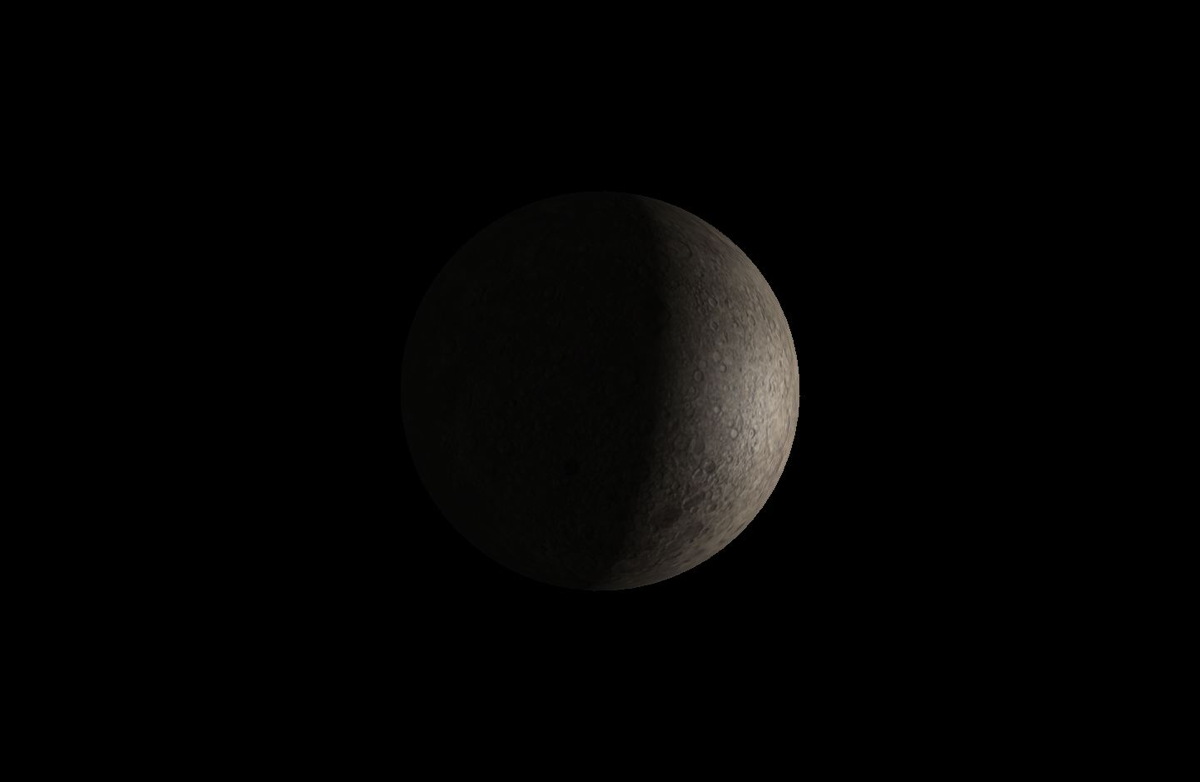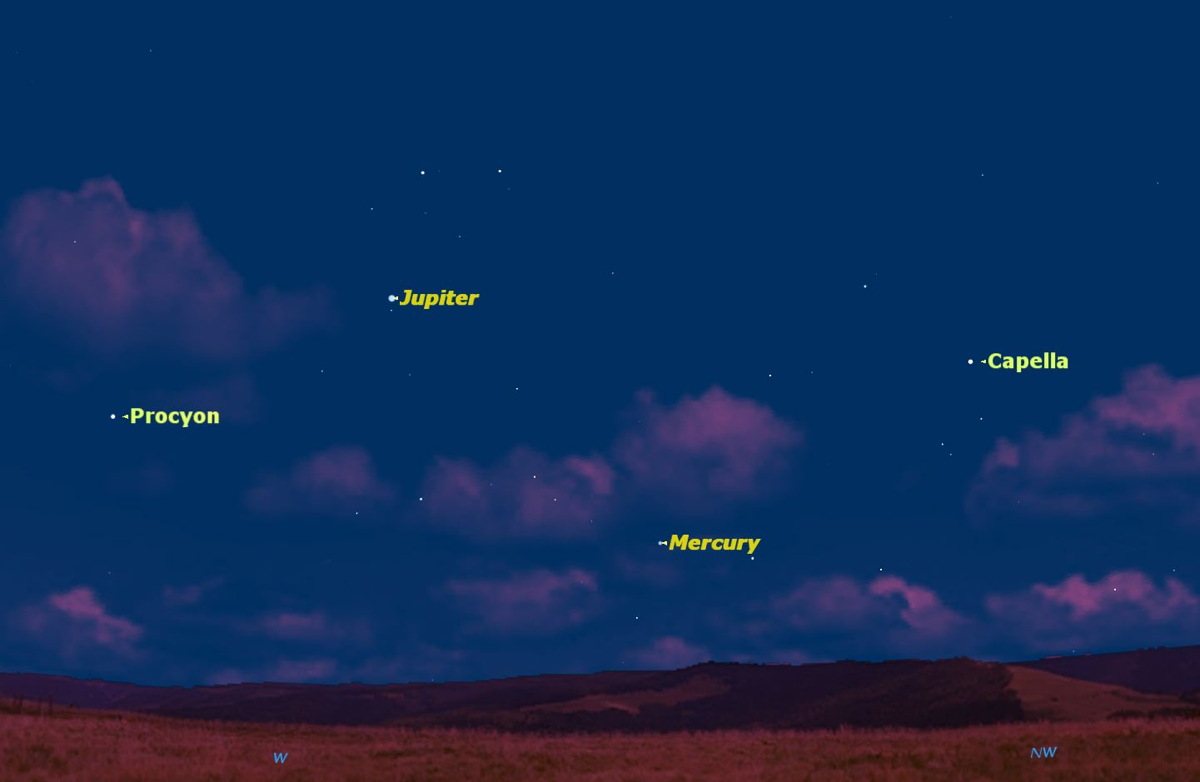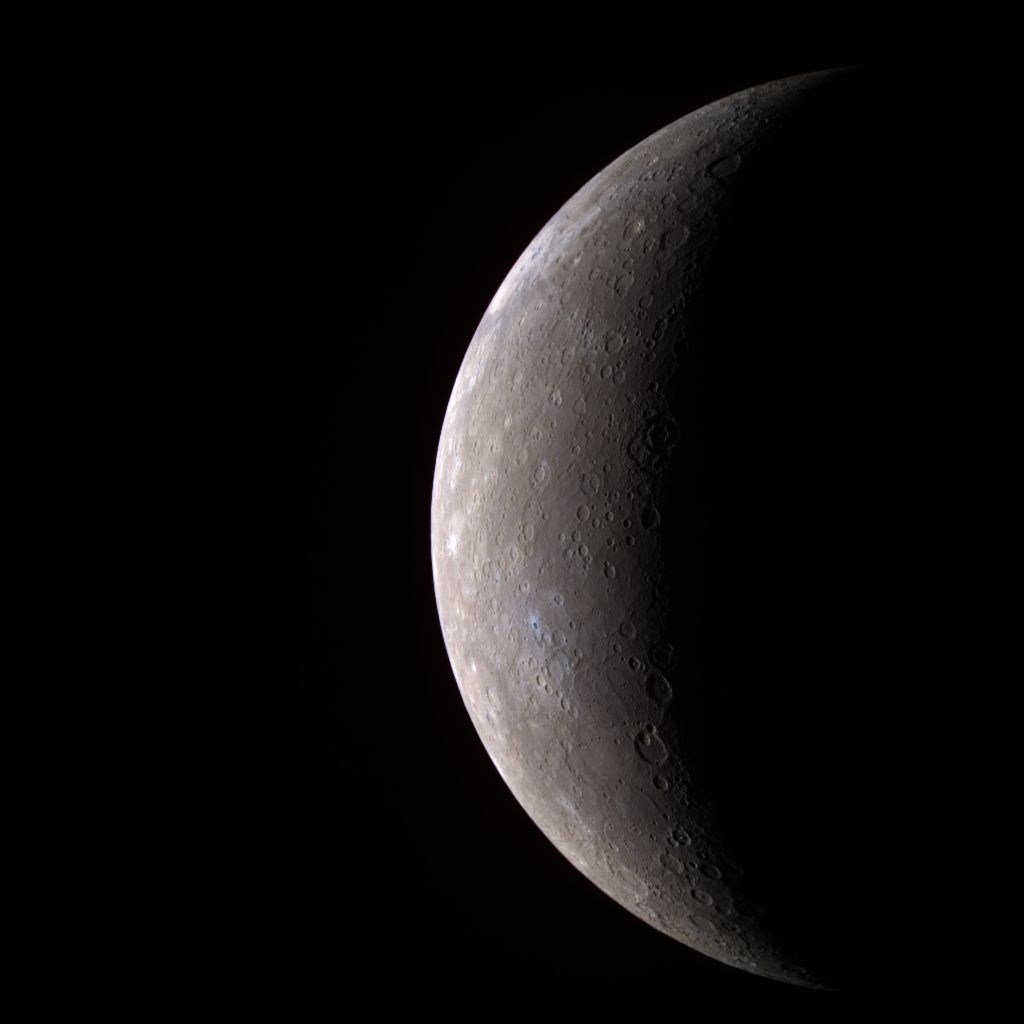
Mercury is often described as the most difficult of the five brightest naked-eye planets to see, because it's frequently lost in the glare of the sun.
Hubert J. Bernhard, who for many years was a lecturer at San Francisco's Morrison Planetarium, once noted that Mercury, the solar system's innermost planet, "stays close to the sun like a child clinging to its mother's apron strings."
Mercury is called an "inferior planet" because its orbit is nearer to the sun than Earth's orbit is. Therefore, it always appears from our vantage point (as Bernhard suggested) to be in the same general direction as the sun. Relatively few people have thus set eyes on it; there is even a rumor that famed astronomer Nicolaus Copernicus, living in misty northern Poland, never saw it. [The Best Night Sky Events for May (Photos)]
Yet Mercury is not really that hard to see. You simply must know when and where to look, and find a clear horizon.
And for skywatchers living in the Northern Hemisphere, a great window of opportunity for viewing Mercury in the night sky has just opened up. That window, in fact, will remain open through the end of May, giving you plenty of chances to see this so-called "elusive planet" with your own eyes.
Currently, Mercury is visible about 45 minutes after sunset, very near to the west-northwest horizon. Yet, if your sky is clear and there are no tall obstructions to your view (like trees or buildings), you should have no trouble seeing the planet as a very bright "star" shining with just a trace of a yellowish-orange tinge.
On Friday evening (May 9), in fact, Mercury will be shining at magnitude -1.0, which means that at that hour only four other objects in the sky will be brighter — the moon, the planets Jupiter and Mars and Sirius (the brightest star in the night sky).
Get the Space.com Newsletter
Breaking space news, the latest updates on rocket launches, skywatching events and more!
In the evenings that follow, Mercury will slowly diminish in brightness, but it will also slowly gain altitude as it gradually moves away from the vicinity of the sun.

Mercury will be at greatest elongation — 23 degrees to the east of the sun — on May 24. (Your clenched fist held at arm's length measures about 10 degrees.) Shining at magnitude +0.5 (just a trifle dimmer than the star Procyon in Canis Minor), it sets nearly two hours after the sun, making this Mercury's best evening apparition of 2014.
Mercury, like Venus, appears to go through phases like the moon. Currently, Mercury appears as a gibbous disk, 78 percent illuminated by the sun, which is why it appears so bright. By the time it arrives at its greatest elongation, it will appear as a fat crescent phase, 38 percent illuminated. And the amount of its surface illuminated by the sun will continue to decrease in the days that follow. So when it begins to turn back toward the sun's vicinity after May 24, it will fade at a rather rapid pace.

On the evening of May 30, having faded to magnitude +1.1, Mercury can be found about an hour after sunset roughly 7 degrees to the right and a bit above the waxing crescent moon. [The Most Enduring Mysteries of Mercury]
By the next night, Mercury's brightness will have dropped to magnitude +1.3, about as bright as the star Regulus in Leo — only 11 percent as bright as it is now. In telescopes, the planet will appear as a narrowing crescent phase. This, in all likelihood, will be your last view of it for a while, for the combination of its decreasing altitude and its descent into the brighter sunset glow will finally render Mercury invisible during the first week of June.
In old Roman legends, Mercury was the swift-footed messenger of the gods. The planet is well named, for it is the closest planet to the sun and the fastest-orbiting, averaging about 108,000 mph (174,000 km/h) and making its yearly journey in only 88 Earth days.
Interestingly, it takes Mercury 59 days to rotate on its axis, meaning that one Mercury year lasts just 1.5 Mercury days. Although its mean distance from the sun is only 36 million miles (57.9 million kilometers), Mercury experiences by far the greatest temperature range of any planet: 800 degrees Fahrenheit (427 degrees Celsius) on its day side compared to minus 282 degrees Fahrenheit (minus 173 degrees Celsius) on its night side.
In the pre-Christian era, this planet actually had two names, as it was not realized it could alternately appear on one side of the sun and then the other. It was called Mercury when in the evening sky and Apollo when it appeared in the morning. It is said that Pythagoras, in about the fifth century B.C., pointed out that they were one and the same.
Editor's Note: If you take an amazing skywatching photo you'd like to share for a possible story or image gallery, please contact managing editor Tariq Malik at spacephotos@space.com.
Joe Rao serves as an instructor and guest lecturer at New York's Hayden Planetarium. He writes about astronomy for Natural History magazine, the Farmer's Almanac and other publications, and he is also an on-camera meteorologist for News 12 Westchester, N.Y. Follow us @Spacedotcom, Facebook or Google+. Originally published on Space.com.
Join our Space Forums to keep talking space on the latest missions, night sky and more! And if you have a news tip, correction or comment, let us know at: community@space.com.

Joe Rao is Space.com's skywatching columnist, as well as a veteran meteorologist and eclipse chaser who also serves as an instructor and guest lecturer at New York's Hayden Planetarium. He writes about astronomy for Natural History magazine, Sky & Telescope and other publications. Joe is an 8-time Emmy-nominated meteorologist who served the Putnam Valley region of New York for over 21 years. You can find him on Twitter and YouTube tracking lunar and solar eclipses, meteor showers and more. To find out Joe's latest project, visit him on Twitter.









